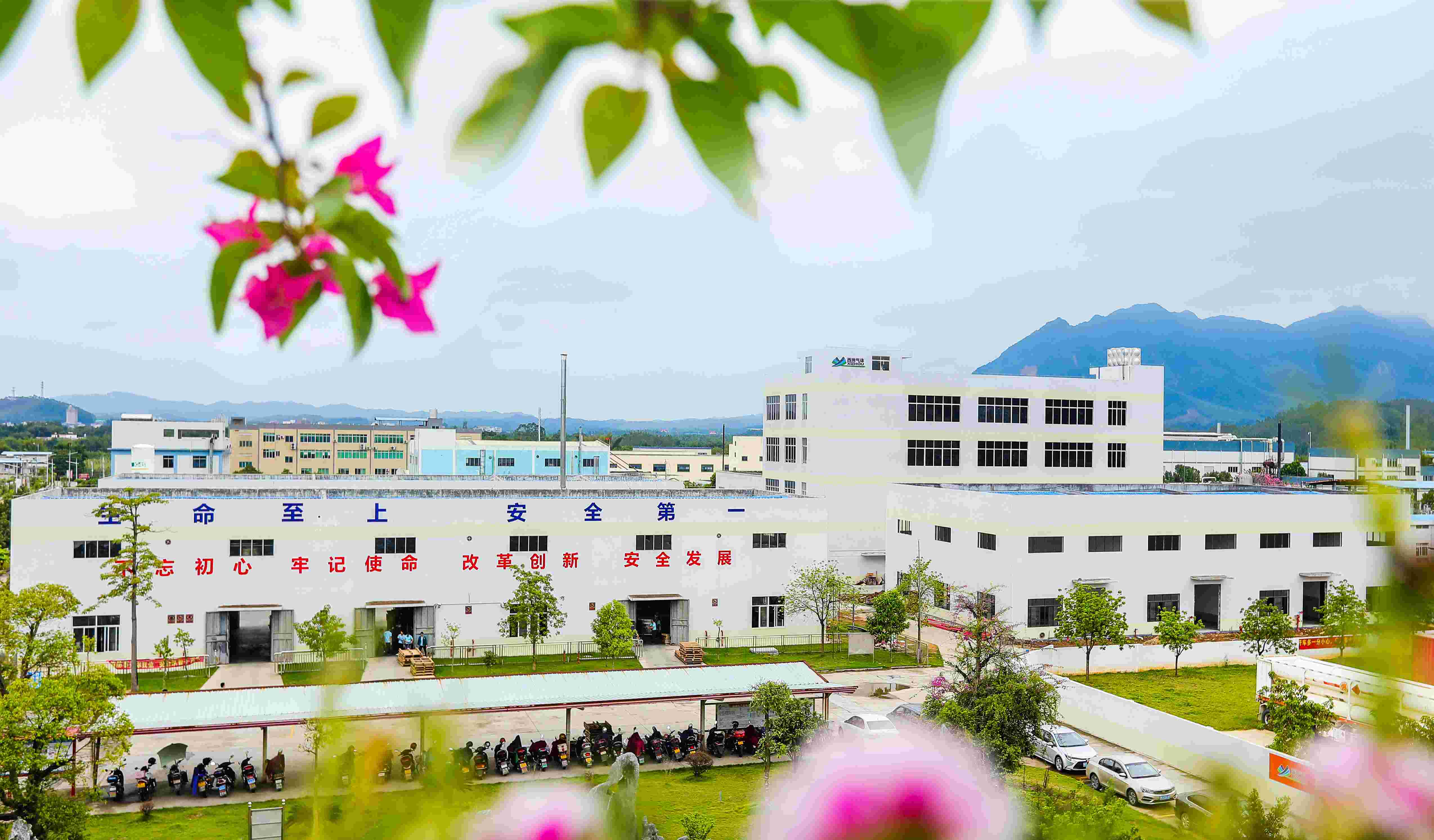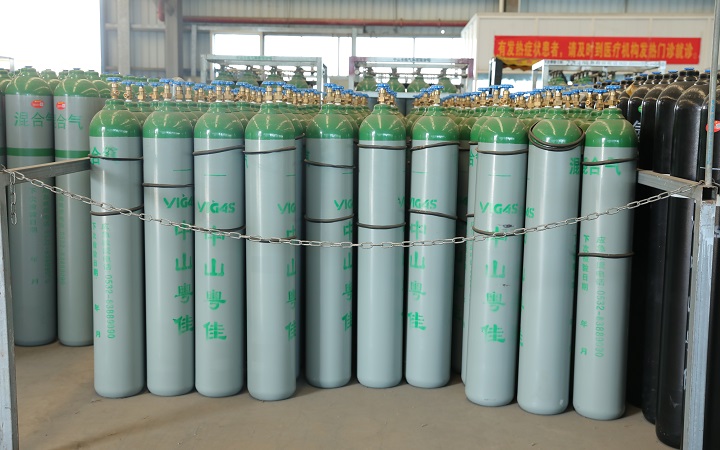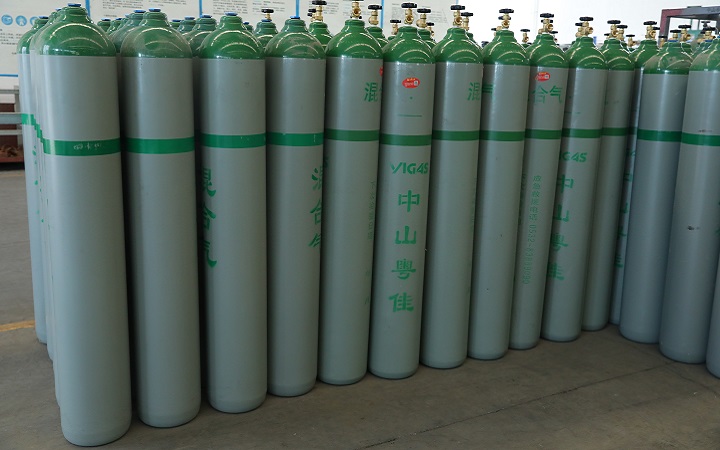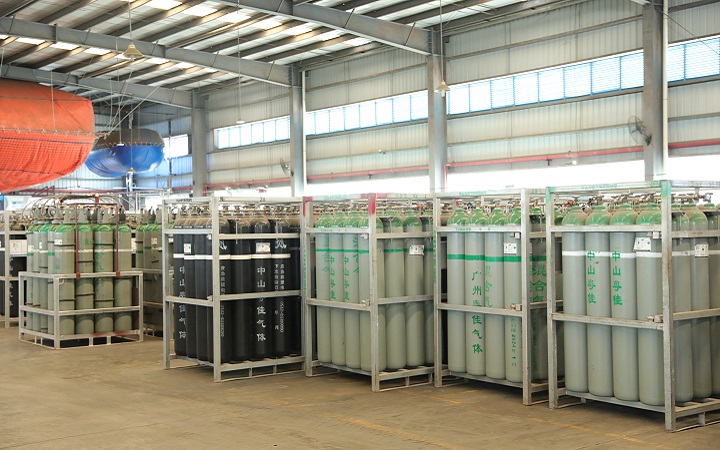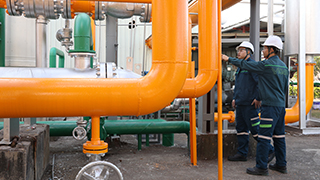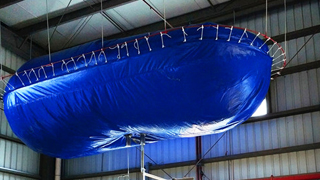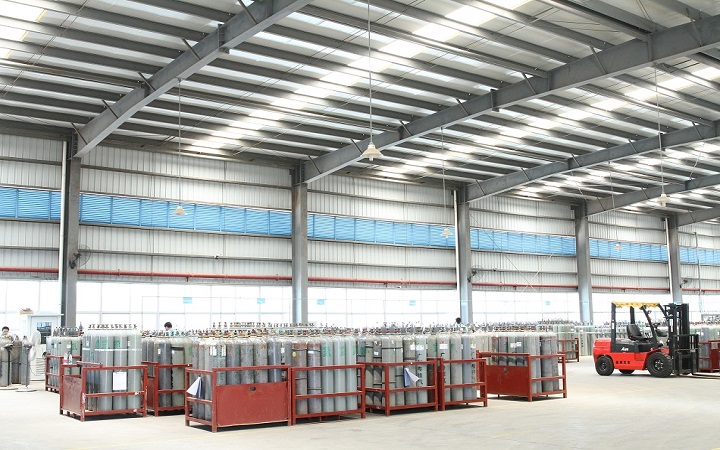Encyclopedia of common preparation methods of nitrogen
Release time: 2021-06-23 11:09:38
Source: Yigas
Author: Xiaoyue
Reading volume:
What are the production methods of nitrogen? The commonly used preparation methods of nitrogen include liquid air fractionation, cryogenic separation, membrane separation, pressure swing adsorption (PSA method), pressure swing adsorption (PSA method), etc. Nitrogen is the 30th most abundant element on earth. Considering that nitrogen occupies 4/5 of the atmosphere, that is, more than 78% of the atmosphere, we can use almost unlimited amounts of nitrogen.
Liquid air fractionation
Nitrogen is mainly produced by separation from the atmosphere or decomposition of nitrogen-containing compounds. [1] More than 33 million tons of nitrogen is produced through Air Liquide each year, and then fractionated distillation is used to produce nitrogen and other gases in the atmosphere.
Cryogenic separation
Cryogenic separation method is also called cryogenic rectification method, which uses the inconsistent boiling point of nitrogen and oxygen in the air to separate oxygen and nitrogen. Since the boiling point of nitrogen (-196°C) is lower than that of oxygen (-183°C), during the evaporation of liquid air, liquid nitrogen is more likely to become gaseous than liquid oxygen, and during air liquefaction, oxygen is easier to change than nitrogen. Into a liquid state. Since the boiling points of nitrogen and oxygen are not much different, liquid air and gaseous air need to undergo repeated evaporation, condensation, and reevaporation processes (this process is called cryogenic rectification process), and finally it can be in the gas phase fraction at the top of the rectifying tower. High-purity nitrogen is passed. The purity of nitrogen depends on the number of stages of the rectification tower and the rectification efficiency.
The cryogenic separation process has experienced more than 100 years of development, and has experienced many different process flows such as high pressure, high and low pressure, medium pressure and full low pressure processes. With the development of modern air separation technology and equipment, high-pressure, high-low-pressure, and medium-pressure air separation processes have been basically eliminated, and the all-low-pressure process with lower energy consumption and safer production has become the first choice for large and medium-sized low-temperature air separation plants. The total low pressure air separation process is divided into external compression process and internal compression process according to the different compression links of oxygen and nitrogen products. The total low-pressure external compression process produces low-pressure oxygen or nitrogen, and then the product gas is compressed to the required pressure by an external compressor and supplied to the user. The full low pressure internal compression process vaporizes the liquid oxygen or liquid nitrogen produced by the rectification in the cold box through the liquid pump to the user's required pressure, and then reheats it in the main heat exchanger and supplies it to the user. The main process is raw material air filtration, compression, cooling, purification, pressurization, expansion, rectification, separation, reheating, and external supply.
Membrane separation
Membrane separation technology is based on the membrane's selective permeability and diffusion of gas components to achieve the purpose of gas separation and purification. The speed of each component in the gas through the membrane is different, and the speed of each component through the membrane is related to the properties of the gas, the characteristics of the membrane, and the partial pressure difference between the two sides of the membrane. It is impossible for the gas components passing through the membrane to achieve 100% purity. Gas separation membranes can generally be divided into porous materials and non-porous materials. They are inorganic (porous glass, ceramics, metals, electronically conductive solids and palladium alloys, etc.) or organic polymers (microporous polyethylene, porous cellulose acetate, homogeneous Acetate fiber, polysiloxane rubber and polycarbonate).
The purified compressed air passes through the buffer tank, and enters from one end of the membrane group after the combined filter. The gas molecules first contact the high-pressure side of the membrane under pressure. The mixed gas is dissolved in the membrane with different solubility on the surface of the high-pressure side of the membrane, and then driven by the pressure difference between the two sides of the membrane, the molecules of the mixed gas diffuse to the low-pressure side of the membrane at different speeds. After the selection of the two processes of dissolution and diffusion, the final mixed gas is separated into individual components. For example, the permeation rate of air and oxygen is greater than that of nitrogen. After membrane separation, the gas left on the high-pressure side is rich in nitrogen, and the gas that passes through is rich in oxygen.
Pressure swing adsorption method (PSA method)
This method uses compressed air as raw material, generally molecular sieve as adsorbent. Under a certain pressure, the difference in the adsorption amount of oxygen and nitrogen molecules in the air on the surface of different molecular sieves is used to enrich oxygen in the adsorption phase within a certain period of time. It is enriched in the gas phase to realize the separation of oxygen and nitrogen; and after the pressure is relieved, the molecular sieve adsorbent is analyzed and regenerated and recycled. [3] In addition to molecular sieves, activated alumina, silica gel, etc. can also be used as adsorbents.
At present, the commonly used pressure swing adsorption nitrogen production device uses compressed air as raw material and carbon molecular sieve as adsorbent. It uses the difference in adsorption capacity, adsorption rate, and adsorption capacity of oxygen and nitrogen on carbon molecular sieve, and the effect of molecular sieve on oxygen and nitrogen. Different pressures have the characteristics of different adsorption capacity to realize the separation of oxygen and nitrogen. First, oxygen in the air is preferentially adsorbed by carbon molecular sieve, thereby enriching nitrogen in the gas phase. In order to obtain nitrogen continuously, two adsorption towers need to work alternately.
